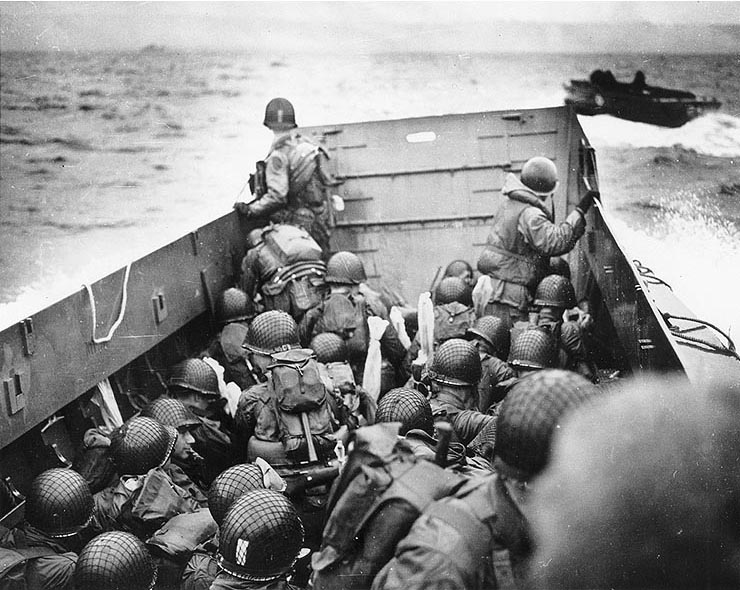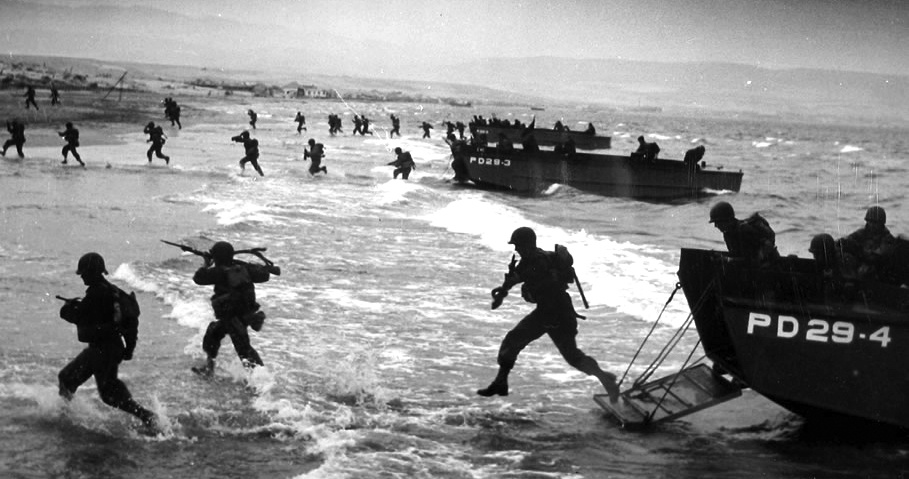I remember when I first started playing Pub Battles. I really liked the system. Very immersive. Amazing narrative generation! I could just imagine myself on the
field. I could imagine the events
unfolding and the history books writing about how this battle went down.
I liked how the system was chaotic. How it mirrored the random events that happen
in war. The types of things you read
about in books. I like how this game
takes away the God like powers most game systems give you. It limits you to the types of decisions that
real army / corps commanders have to make.
Where should we form a line? How
hard should we try to hold it? Should we
risk more losses here? Where do we fall
back to? Should we commit reserves now? How should we move to keep our forces hidden
from the enemy? How close is the enemy
to the breaking point? Should we rush up
reserves to help support this defense or should we just fall back here and give
up ground?
These are real decisions, that real commanders faced in
battles like these. Fantastic but how do
I play better? What do I learn from all this? How can I win? It almost feels like I’m just a spectator
watching the battle unfold. Great story
narrative but how can I control the events and get the outcome I want? At first I worried that this system was too
random. Like the game is running me!
Guess what? That is a
lot like real command also! Real life
events are very powerful. They can and
will sweep you away. Imagine being in
the command tent. Urgent reports
arriving by dispatch couriers. How fast
can you read it, make a decision and write a new order to address the
problem? Should you? Imagine another report arriving that
contradicts that first report, right after you wrote and sent new orders to
deal with it. Now what?
It is very easy to get distracted by putting out crisis fires of the moment. Jumping from one knee jerk reaction to the next. Frantically chasing your tail until, boom, the battle is over. Many officers do exactly that. It is very easy to do.
In an ocean of chaos and random drama, what could anybody do
to influence the outcome? People like
Patton, Rommel, Hannibal, Bonaparte and Alexander could. Pub Battles rules are deceptively simple. In
many ways it is one of the most complex and realistic simulations of war. Complex in: how do you play the darned thing?!
Many things we can’t control, as it should be. Many things are out of our hands but what CAN
we do? Here are some tips to help
improve your performance in Pub Battles:
-1 Try to stay focused on the big picture. Yes, there are 10 little emergencies every turn. What else is new? Set those aside for a moment. What are your strategic goals for this battle? Where do you want to be? What is the enemy trying to do? How can you best defeat the enemies plan? Are you in a position to do that? Where do your forces need to be to accomplish that? How best to get them there? Considering the chaotic and random nature of the movement, is that a realistic goal to accomplish? What kind of timing sequence needs to happen in order for that to work? Remember the KISS principle. It is real easy in war for things to go wrong, therefore: Keep It Simple Stupid. Like Patton used to say: “A good plan now is better than the best plan tomorrow.”
-2 What is the overall state of the enemy’s army? Mostly fresh or mostly spent? How does that compare to your army? How many casualties have you suffered compared to the enemy?
-3 What is the reserve capacity of the enemy compared to you? By reserve capacity I mean how many of your forces are already committed? How many are still fresh and ready to be committed to a fight? This leads us to our final question:
-4 When and where is the right time to strike? This is probably the biggest and most important thing you CAN control in Pub Battles. Let the enemy attack. Let the battle unfold. Fight the little fights but stay focused on this big picture. Wait until the enemy has already committed their reserves. Wait until the enemy is already mostly spent. Where are they weakest? Where are they most vulnerable?
As the battle starts and progresses, your mind should always
be focused on these elements. Get your
fresh reserve in place, ready to strike at the weakest point in the enemy
line. Watch and wait for the right time
to attack. Can you get a double chit
pull move in the sequence to accelerate the events? -or at least the best chance at a double
move?
By a double move here
I’m referring to when your Corps moves last this turn but moves first next
turn. With all the Corps running around
doing different things at the same time, this can get confusing. You have to be able to look at these locally,
on an individual basis. For example, let’s
say we are at Gettysburg near the end of Day 1.
Ewell’s Rebel Corps is battling Howards Federal Corps for Culp’s
Hill. If Ewell can move after Howard on
turn 6 but moves before Howard on turn 7, in effect he has gotten a ‘double
move’ advantage over Howard.
This is how Napoleon won at Austerlitz. He concealed his true force. He concealed his true intent. He watched the enemy. He was patient. He looked for the right time and place. THEN he struck. That is exactly what you need to win in Pub Battles.
Mike Strand said it best: “It is easy to master the rules of Pub Battles. Those are easy. The secret is the mastery of command. The right or wrong move is not obvious. There are many distractions. It requires a gut feeling. A sense of timing; and that only comes from experience.”
THAT is how you win in Pub Battles. It’s not about piling x number of combat
factors into hex y by turn z. It’s about
timing and real world command skills.


















